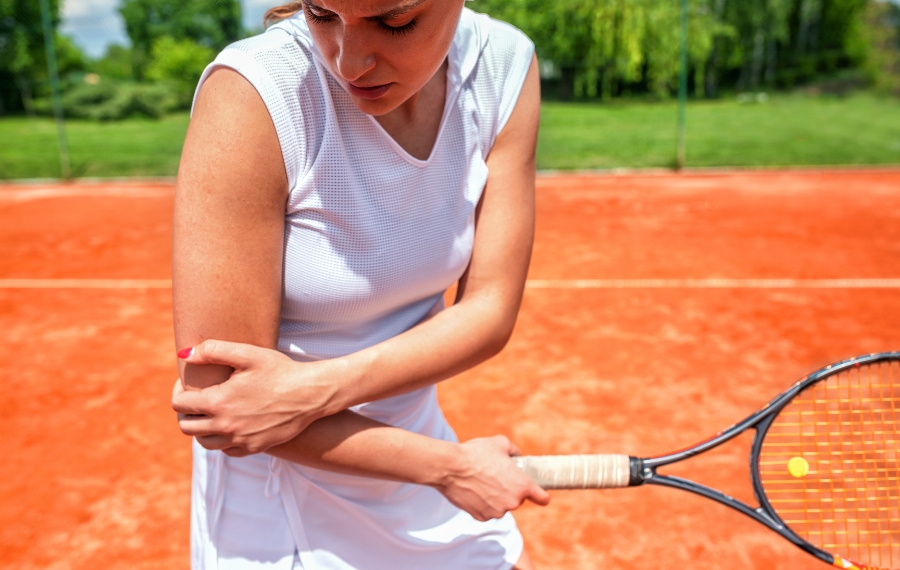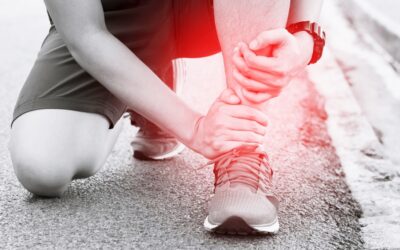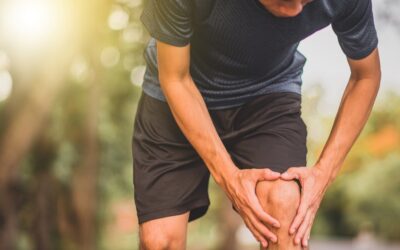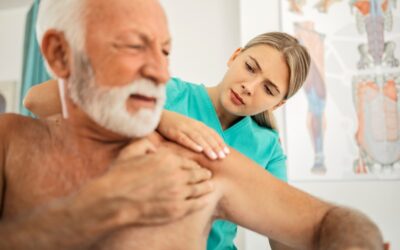Tennis elbow and golfer’s elbow are common overuse injuries that affect the tendons in the elbow. Despite their names, these conditions can occur in individuals who don’t play tennis or golf. Both conditions can cause pain, inflammation, and functional limitations. Physiotherapy plays a crucial role in the management and rehabilitation of tennis elbow and golfer’s elbow. This article provides an overview of these conditions, highlights their differences, and explores the various physiotherapy treatment methods available.
Understanding Tennis Elbow and Golfer’s Elbow
Tennis Elbow (Lateral Epicondylitis): Tennis elbow is a condition characterized by the inflammation of the tendons that attach to the outer side of the elbow. It is caused by repetitive stress or overuse of the forearm muscles and tendons, leading to small tears in the tendon fibers. Activities such as tennis, racquet sports, repetitive gripping, and computer work can contribute to its development.1
Golfer’s Elbow (Medial Epicondylitis): Golfer’s elbow is a condition marked by the inflammation of the tendons that attach to the inner side of the elbow. It occurs due to repetitive stress or overuse of the forearm muscles and tendons, resulting in micro-tears in the tendon fibers. Activities like golf, throwing, lifting, and repetitive wrist flexion can contribute to golfer’s elbow.2
Physiotherapy Treatment Methods for Tennis Elbow and Golfer’s Elbow
- Pain and Inflammation Management: Physiotherapists employ various techniques such as ice or cold therapy, ultrasound, and electrical stimulation to reduce pain and inflammation in the affected area. These modalities help alleviate symptoms and promote healing.3
- Stretching and Strengthening Exercises: Physiotherapists develop customized exercise programs to improve flexibility and strength in the affected muscles and tendons. Eccentric exercises, which involve controlled lengthening of the muscles, are often prescribed to stimulate tendon healing. These exercises help restore normal muscle balance and promote tissue repair.4
- Manual Therapy: Physiotherapists use manual therapy techniques such as deep tissue massage, joint mobilizations, and myofascial release to reduce muscle tension, improve blood circulation, and enhance tissue healing. These techniques aim to restore normal tissue function and alleviate pain.5
- Biomechanical Assessment and Correction: Physiotherapists assess the individual’s movement patterns and biomechanics to identify any underlying issues that may contribute to the development
or persistence of the condition. They then implement corrective measures such as ergonomic modifications, posture correction, and movement retraining to minimize stress on the affected
tendons.6 - Brace or Splint Application: In some cases, physiotherapists may recommend the use of a brace or splint to provide support and offload the injured tendons. This can help alleviate pain, promote healing, and protect the affected area during daily activities.7
- Activity Modification and Education: Physiotherapists provide guidance on modifying activities or sports techniques to reduce stress on the affected tendons. They educate individuals about proper warm-up and cool-down techniques, ergonomic principles, and self-management strategies to prevent further injury and promote long-term recovery.8
- Gradual Return to Activity: Once pain and inflammation have subsided, physiotherapists guide individuals through a progressive rehabilitation program to gradually reintroduce activities and
sports. This ensures a safe and successful return to full function, minimizing the risk of re-injury.9
Conclusion
Tennis elbow and golfer’s elbow are overuse injuries that can cause significant pain and functional limitations.
The Physiotherapy Centre Physio team are here to help. Give us a call on 01795 435060 to make an appointment for progressive treatment and rehabilitation advice.
Bibliography:
- Ahmad Z, Siddiqui N, Malik SS, Abdus-Samee M, Tytherleigh-Strong G, Rushton N. Lateral epicondylitis: a review of pathology and management. The Bone & Joint Journal. 2013;95(9):1158-1164. doi:10.1302/0301-620X.95B9.30697
- Breda SJ, Oei EHG, Zwerver J, et al. Prevalence of Jumper’s Knee Among Nonelite Athletes From Different Sports: A Cross-Sectional Survey. The American Journal of Sports Medicine. 2019;47(2):352-357. doi:10.1177/0363546518810995
- Bisset L, Beller E, Jull G, Brooks P, Darnell R, Vicenzino B. Mobilisation with movement and exercise, corticosteroid injection, or wait and see for tennis elbow: randomised trial. BMJ. 2006;333(7575):939. doi:10.1136/bmj.38961.584653.AE
- Malliaras P, Barton CJ, Reeves ND, Langberg H. Achilles and patellar tendinopathy loading programmes: a systematic review comparing clinical outcomes and identifying potential mechanisms for effectiveness. Sports Medicine. 2013;43(4):267-286. doi:10.1007/s40279-013-0019-z
- Cleland JA, Mintken PE, Carpenter K, et al. Manual Physical Therapy and Exercise Versus Supervised Home Exercise in the Management of Patients With Inversion Ankle Sprains: A Multicenter Randomized Clinical Trial. Journal of Orthopaedic & Sports Physical Therapy. 2013;43(7):443-455. doi:10.2519/jospt.2013.4661
- Vicenzino B, Cleland J, Bisset L. Joint Manipulation in the Management of Lateral Epicondylalgia: A Clinical Commentary. Journal of Manual & Manipulative Therapy. 2007;15(1):50-56. doi:10.1179/106698107790819535
- Tyler TF, Thomas GC, Nicholas SJ, McHugh MP. Addition of isolated wrist extensor eccentric exercise to standard treatment for chronic lateral epicondylosis: A prospective randomized trial. Journal of Shoulder and Elbow Surgery. 2010;19(6):917-922. doi:10.1016/j.jse.2010.03.011
- Rompe JD, Overend TJ, MacDermid JC. Validation of the Patient-Rated Tennis Elbow Evaluation Questionnaire. Journal of Hand Therapy. 2007;20(1):3-10. doi:10.1197/j.jht.2006.11.005
- Littlewood C, Malliaras P, Bateman M, Stace R, May S, Walters S. The central nervous system – An additional consideration in ‘rotator cuff tendinopathy’ and a potential basis for
understanding response to loaded therapeutic exercise. Manual Therapy. 2013;18(6):468-472. doi:10.1016/j.math.2013.02.003




